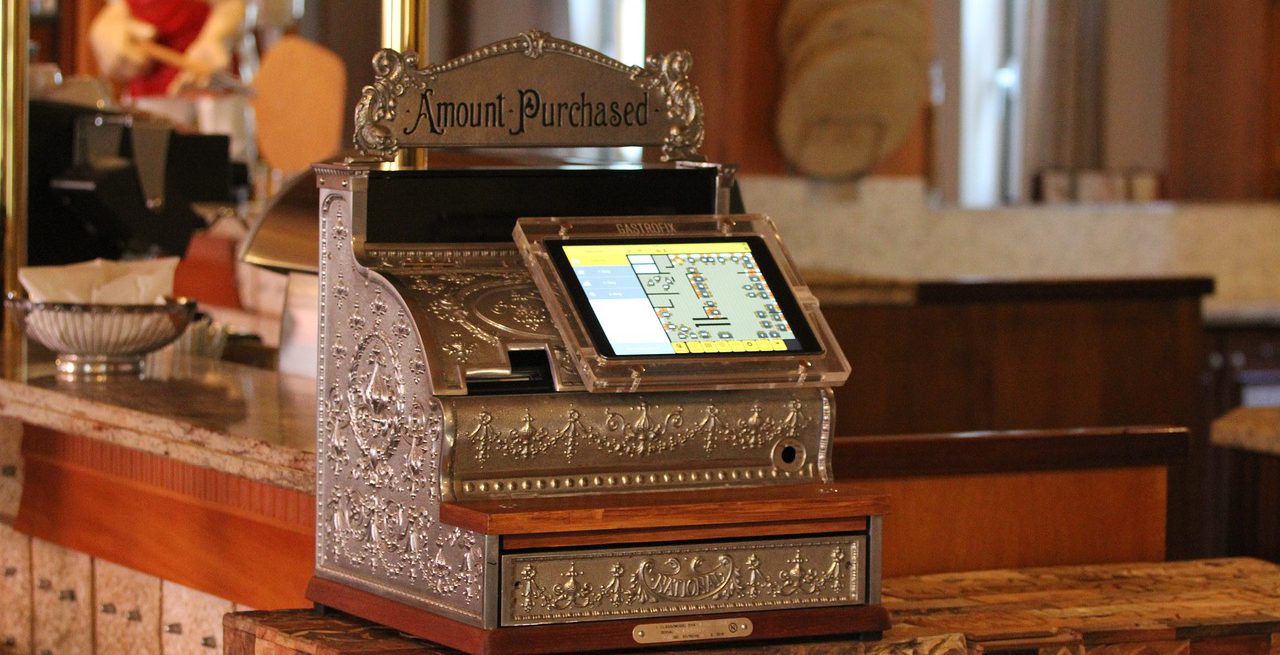Six Steps to Improve Your Restaurant’s Point of Sale Operation Costs
3 Min Read By Paul Goetz
Outside of the eight-top burner and the kitchen dishwasher, the point-of-sale system is the most critical piece of technology in your restaurant. While there are significant costs associated with adopting a new POS, the payoff of a new system can greatly enhance your restaurant’s success.
Cloud-based solutions can actually deliver 2.1 times the return on investment of traditional on-site solutions.
According to a report by Nucleus Research, cloud-based solutions can actually deliver 2.1 times the return on investment of traditional on-site solutions. Cloud systems not only have better mobility (like your servers being able to perform credit card transactions tableside via a tablet), but they also allow less downtime than a desktop system. Further, your customers and your restaurant will enjoy added security from off-site servers that have constant security and malware protection.
Despite the benefits of switching to a cloud-based POS, cost is still the biggest obstacle to adopting a new system, as many restaurant owners rely on older technology that they’ve invested time and money in and that contains years of data. But for those thinking they have too much invested to move away from an older system, there’s a cost to doing nothing, too: Increased time spent pulling reports, manipulating them, and then making the changes in the POS’s back end all add up to hidden costs when using a legacy solution.
Here’s a six-part equation your restaurant should consider when deciding to upgrade to a new POS system:
Determine What’s Most Important to You
Important aspects can include ease of use, mobility, management and communication, service and support, or operational features. Once you rank your needs, you can determine which features your POS absolutely must have, which you’re willing to pay extra for, and which you can do without.
Ask the Right Questions of POS Vendors Upfront
Not all restaurants are the same, and you should treat your situation as such when selecting a POS. Before making a decision, ask your sales rep why the system is designed to specifically meet your needs. First consider whether the POS is designed specifically for restaurants, what its basic features are, and whether any features set it apart from its competitors. Then, ask how it will track staff performance, inventory, and menu, as well as the costs of the POS system’s hardware, software, installation, and customer service fees. Finally, ask whether it has an offline mode to help buffer any potential outages or hiccups.
Bring Your Staff into the Evaluation Process
After all, they’ll be some of the people interacting with the POS the most. No two brains work alike, but the system you’re interested in should be able to cater to most of your staff members. Servers should be consulted on item navigation; managers should be asked about the reporting features; and back-of-house staff should evaluate whether a kitchen display system would work better than printers.
Ensure you’re prepared for success upon going live. Everything can be promised in the sales cycle, but make sure you truly understand what you’re getting, how it works, and how long it’ll take to perform routine tasks like splitting a check. More importantly, allow you and your staff time to take it on a test drive — leading POS solutions typically have a training mode. Also, look into in-house training. The best way to determine whether a restaurant POS meets your needs is to put it to the test, and who wants to do that during the dinner rush? With a training mode, you can test the POS’s functionality, but thankfully not at your guests’ expense.
Ask About the Process of Importing or Updating your Menu, Roles and Employees
Sometimes, this can be an additional cost that you weren’t necessarily expecting. Also, check to see the difficulty of making adjustments or changes. Try to find the best solution that makes life easier for you and your staff.
Ask How Often the Provider Updates its Product
When you invest in a POS system, you’re also investing in the company behind it. See how the product has evolved over the last six months to a year to discern how quickly the company innovates and how well it responds to customer requests.

And there you have it: the perfect equation for your restaurant’s POS system. Much like your average math problem, no step should be skipped for fear of reaching the wrong outcome. Perhaps most important is the invaluable input your staff will provide once you decide to upgrade. Listen to their concerns and questions to make your restaurant’s operations as streamlined as possible.


